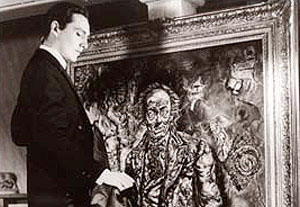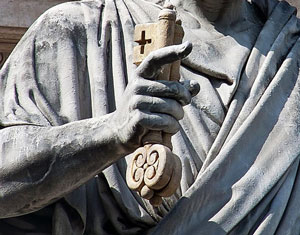What can you as a modern thought leader learn from the Gothic novel, The Picture of Dorian Gray?

Leaders should consider the unintended, negative consequences of “faking it on the facade.” (Image from the1945 film, The Picture of Dorian Gray)
It’s been decades since I taught this work by Oscar Wilde, but I remember the strong impact it had on students when they first read it. As I’m currently covering “gray matters” in this blog (seethe postings Gray Matters Part 1 and Part 2), I thought I’d look at how the 19th century book might apply to the business world today.
First, a reminder of the story’s plot: To say that the eponymous character Dorian Gray was a vain man is an understatement. Extreme vanity drove him to sell his soul so that a portrait painted of him would grow old instead of himself. Unfortunately, not only did Dorian continue to age in the painting, his portrait also grew more hideous with each ugly thought, word and deed he committed in real life.
The morals of the story are clear. For example, “be careful what you wish for,” “beauty is in the eye of the beholder,” or “what we do has an impact on who we are.”
But the key point I’d like to make here is that Dorian Gray on the outside did not mirror who he was on the inside. To be an authentic, respected thought leader, what’s outside has to reflect who you truly are.
Does your outside match what’s on the inside? Are you trying to fake it on the façade? Are you perceived as a “genuine” thought leader? Ask, assess, then act. We’re here to help.
See related posts:
Gray Matters Part 2: Engage your organization’s emerging, next-generation leadersGray Matters Part 1: Assessing executive career opportunities after age 50
Download links for Project Gutenberg ebooks: The Picture of Dorian Gray by Oscar Wilde











